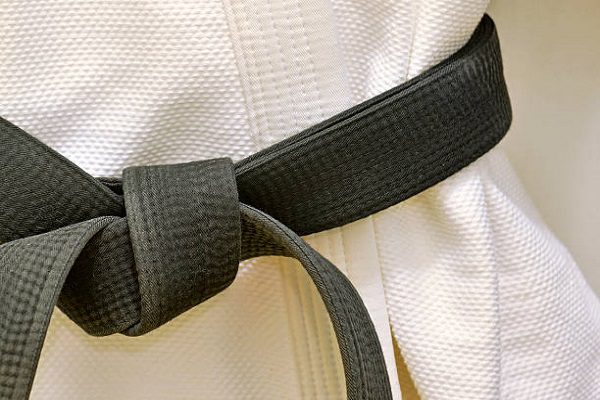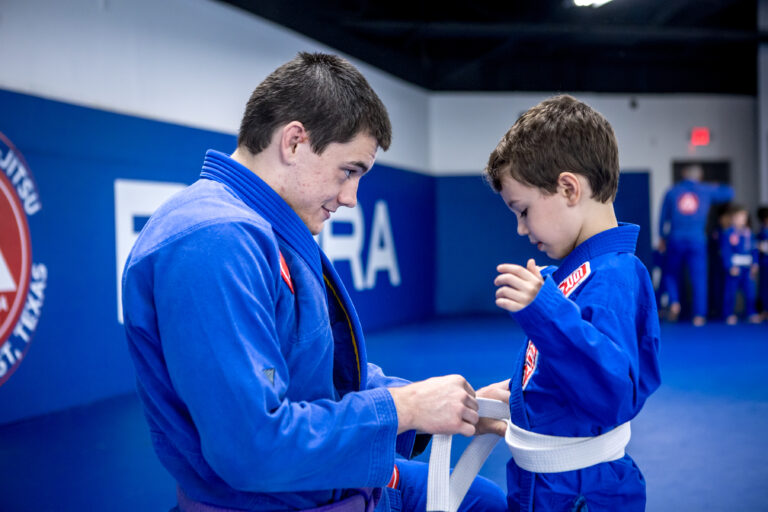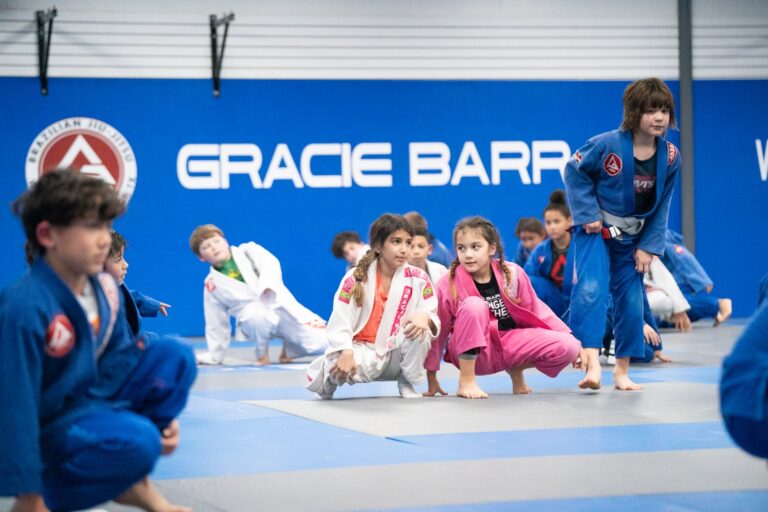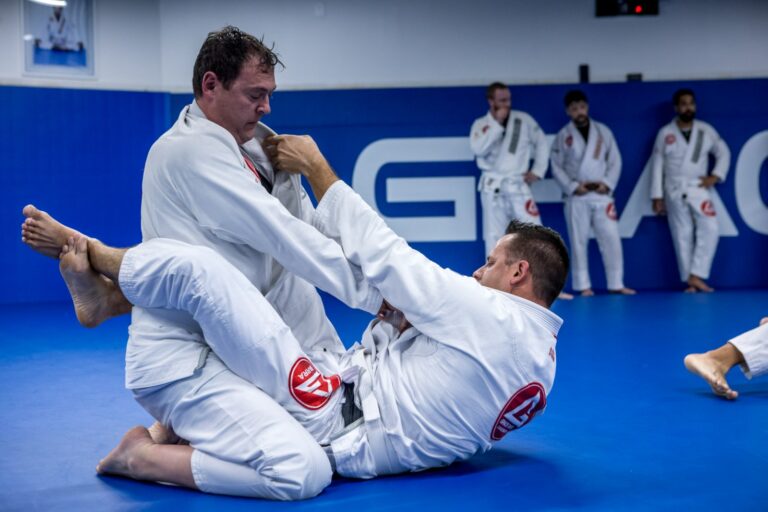Introduction:
Brazilian Jiu-Jitsu (BJJ) is a fascinating martial art that offers a journey of self-discovery, physical conditioning, and personal development. If you’re ready to begin your journey in the world of Jiu-Jitsu, this comprehensive guide will help you take the first steps with confidence. Let’s explore the essential fundamentals for starting in Jiu-Jitsu and embark on your journey of growth and learning.
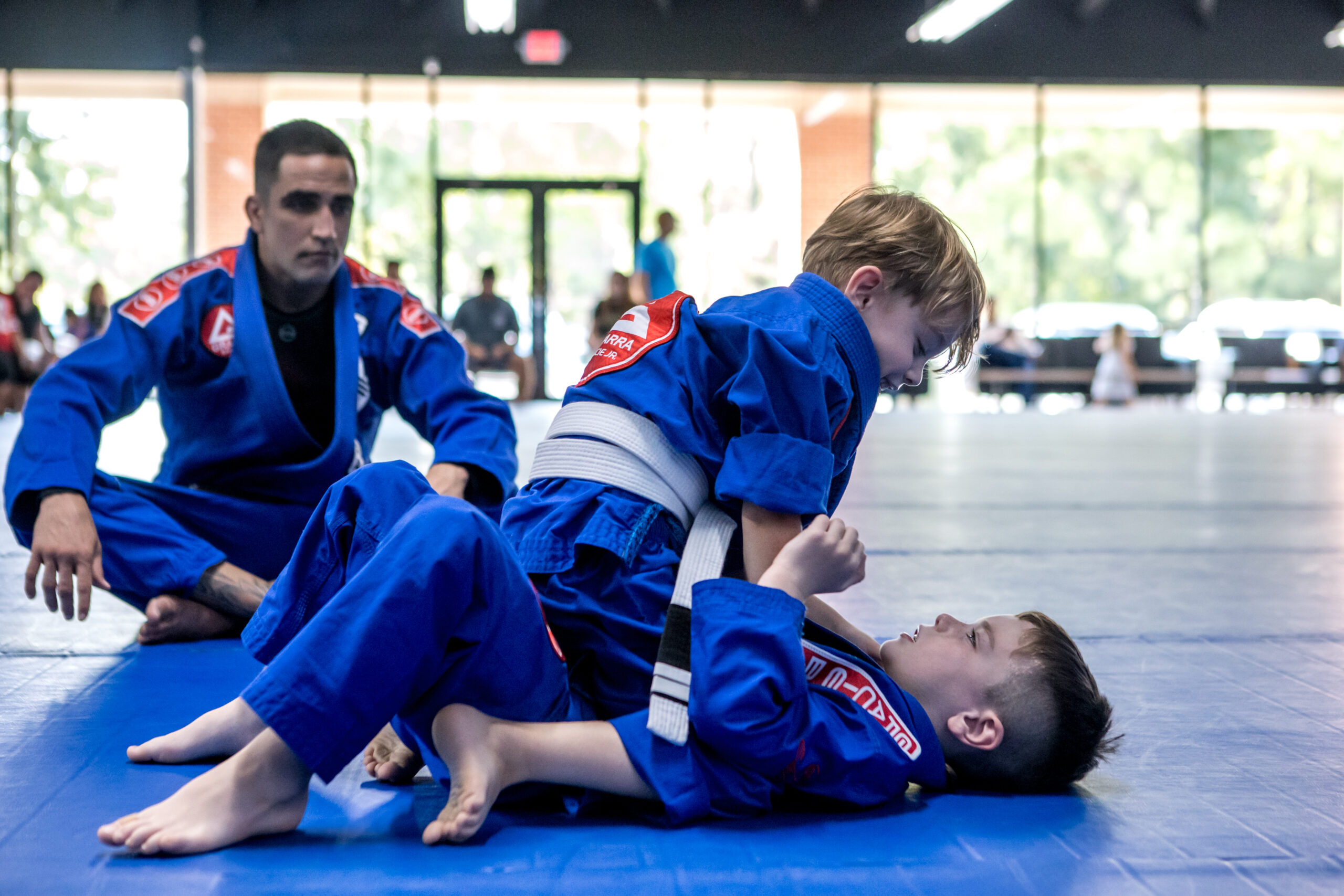
Understanding the Basic Principles:
Before stepping onto the mat, it’s important to have a basic understanding of the fundamental principles of BJJ. Jiu-Jitsu is a martial art based on techniques of control, submission, and personal defense, focusing on the efficient use of the body and mind to overcome the opponent.
Finding Learning Resources:
There are many resources available for beginners in Jiu-Jitsu, from books and instructional videos to online tutorials and group classes. Look for materials that cover the basic concepts of Jiu-Jitsu, such as positioning, takedown technique, and basic submissions. These resources will be helpful in complementing your practical experience on the mat.
Basic Equipment:
Before starting training, it’s important to acquire the basic equipment needed for your Jiu-Jitsu classes. This usually includes a gi (kimono), a belt (indicating your skill level), and optionally, a mouthguard. Be sure to follow your instructor’s guidelines on specific equipment needed for your classes.
Participating in Beginner Classes:
When starting your BJJ classes, it’s advisable to begin with classes specifically designed for beginners. These classes typically cover the basic fundamentals of Jiu-Jitsu, including base positions, defensive movements, and finishing techniques. This is the ideal time to familiarize yourself with the mat environment and begin developing your fundamental skills.
Practicing with Regularity and Persistence:
As with any discipline, consistent practice is key to progress in Jiu-Jitsu. Try to attend classes regularly and practice the techniques learned whenever possible. In addition to group classes, consider practicing with a training partner or reviewing the fundamentals on your own between training sessions.
Cultivating a Growth Mindset:
Jiu-Jitsu is a journey of continuous learning that requires a growth mindset and dedication. Be open to receiving constructive feedback from your instructor and training partners, and be willing to face challenges and overcome obstacles along the way.
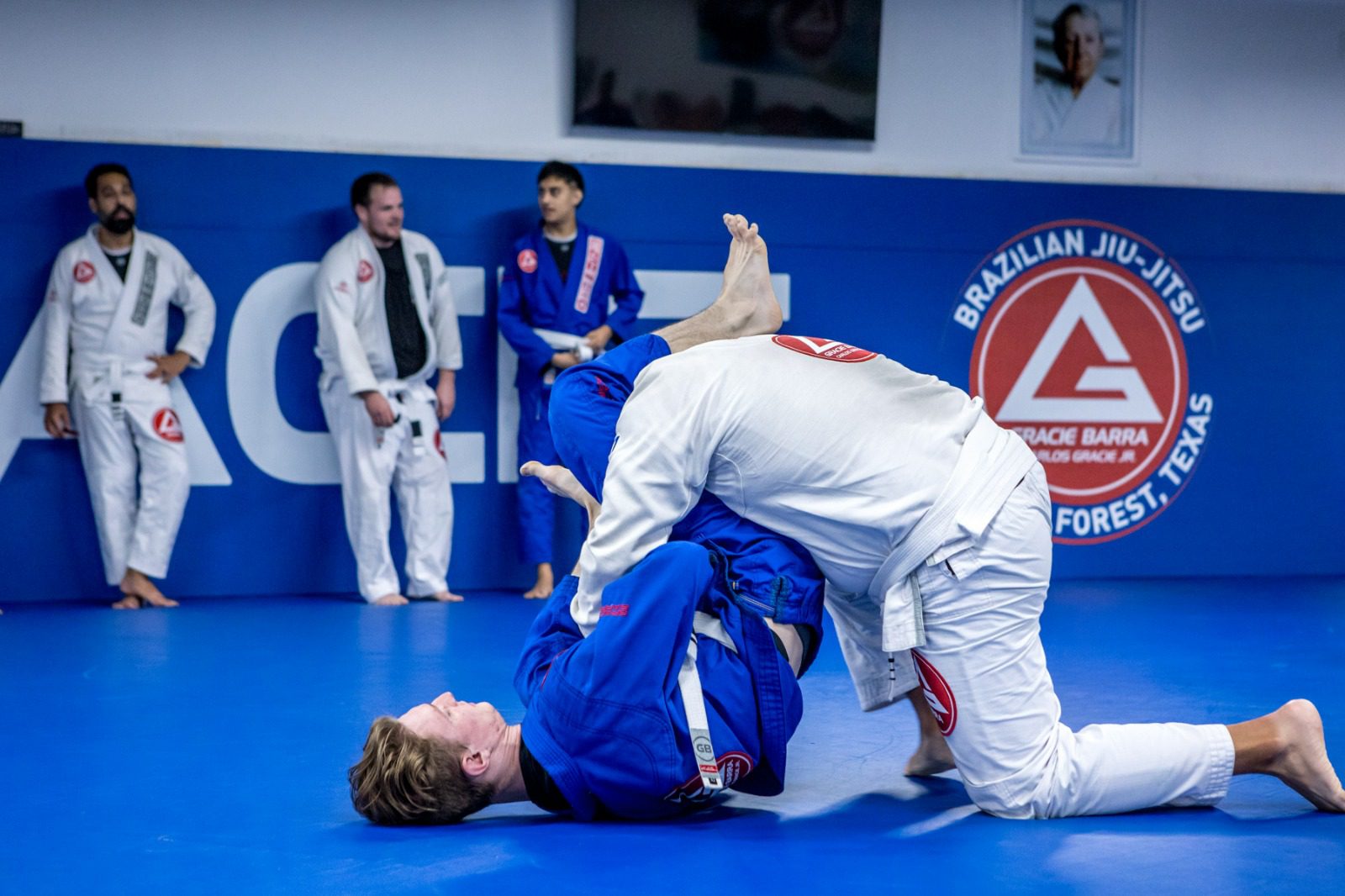
Nutrition and Body Care:
Explore the importance of proper nutrition and body care for Jiu-Jitsu practitioners, including invaluable tips on maintaining a balanced diet, ensuring adequate hydration, and prioritizing recovery after training sessions.
Etiquette and Protocol on the Mat:
Address the essential etiquette and protocol rules that beginners should adhere to on the mat. This encompasses demonstrating respect for instructors and training partners, understanding the correct usage of the gi, and emphasizing the significance of personal hygiene.
Injury Prevention:
Provide comprehensive guidance on how to effectively prevent injuries during Jiu-Jitsu training. This entails implementing a thorough warm-up routine, incorporating appropriate stretching exercises, mastering correct technique execution, and acknowledging individual body limitations.
Training Strategy Development:
Delve into the critical aspect of developing tailored training strategies. This involves establishing specific training objectives, pinpointing areas necessitating improvement, and devising systematic and progressive training regimens.
Participation in Competitions:
Explore the multifaceted realm of participating in Jiu-Jitsu competitions, particularly for novices. Uncover the advantages of honing competitive skills, managing the inherent stress associated with competitions, and actively seeking out enriching experiences through participation.
Continuity and Growth in Jiu-Jitsu:
Provide invaluable guidance on sustaining motivation and commitment throughout the Jiu-Jitsu journey. This encompasses actively seeking opportunities for growth, both on and off the mat, embracing novel techniques, and actively engaging in seminars and workshops to foster continuous improvement.
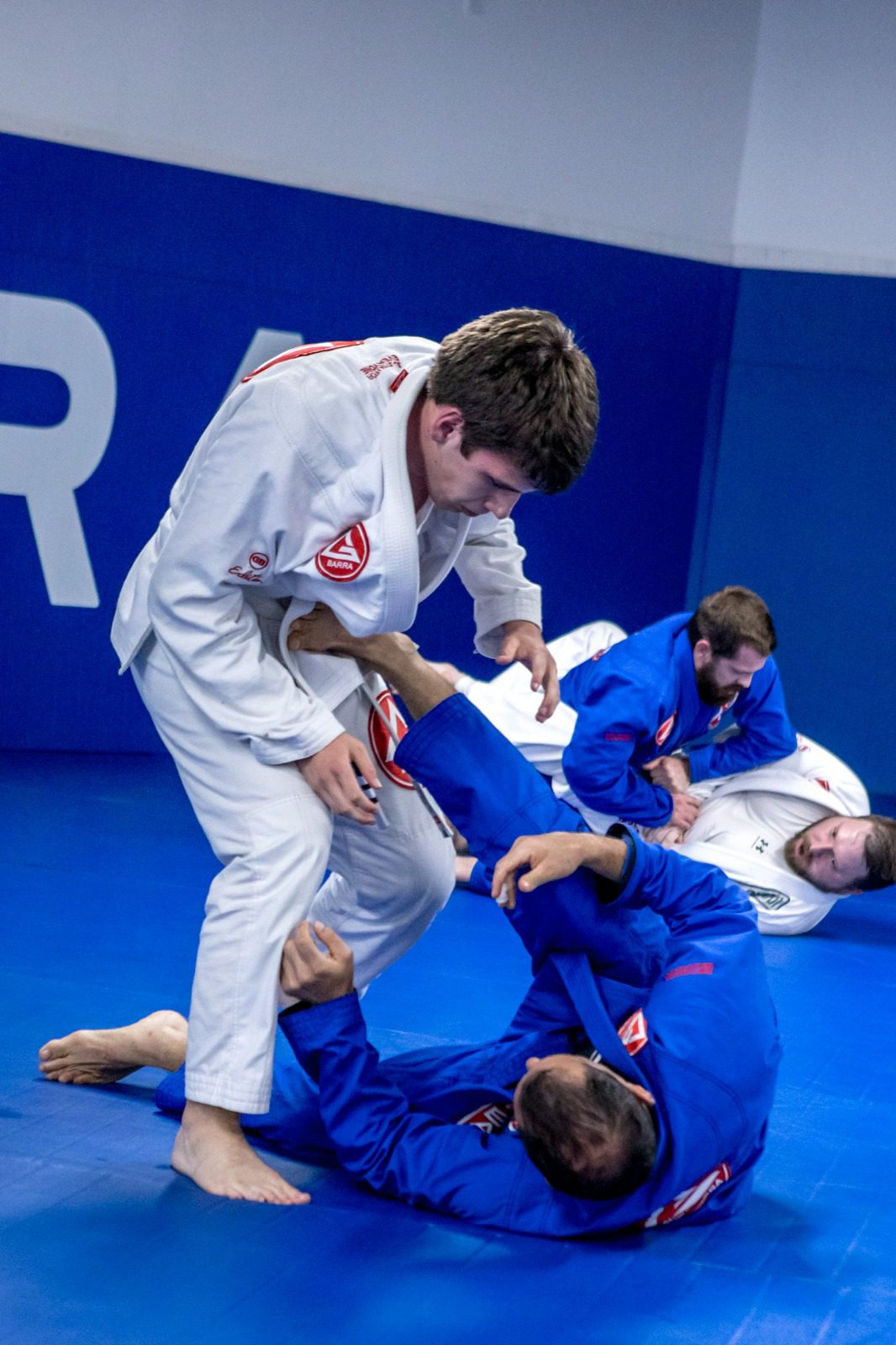
In Summary:
Starting in Jiu-Jitsu is an exciting journey of self-discovery, learning, and personal development. By following the steps in this guide and committing to regular practice and continuous improvement, you’ll be on the right path to becoming a skilled Jiu-Jitsu practitioner. So, get ready to embark on this exciting adventure in the world of Jiu-Jitsu and discover the full potential of this fascinating martial art!

